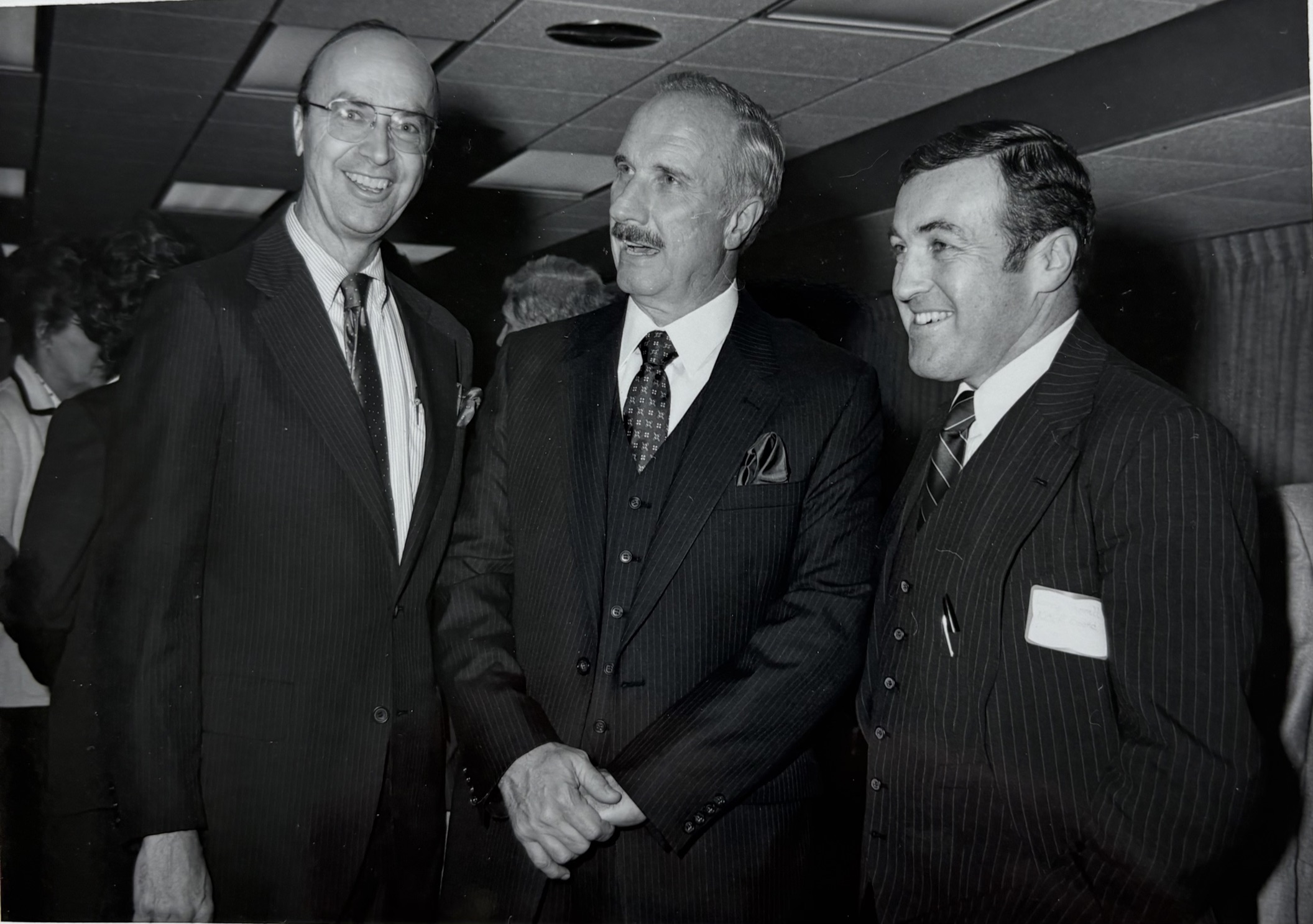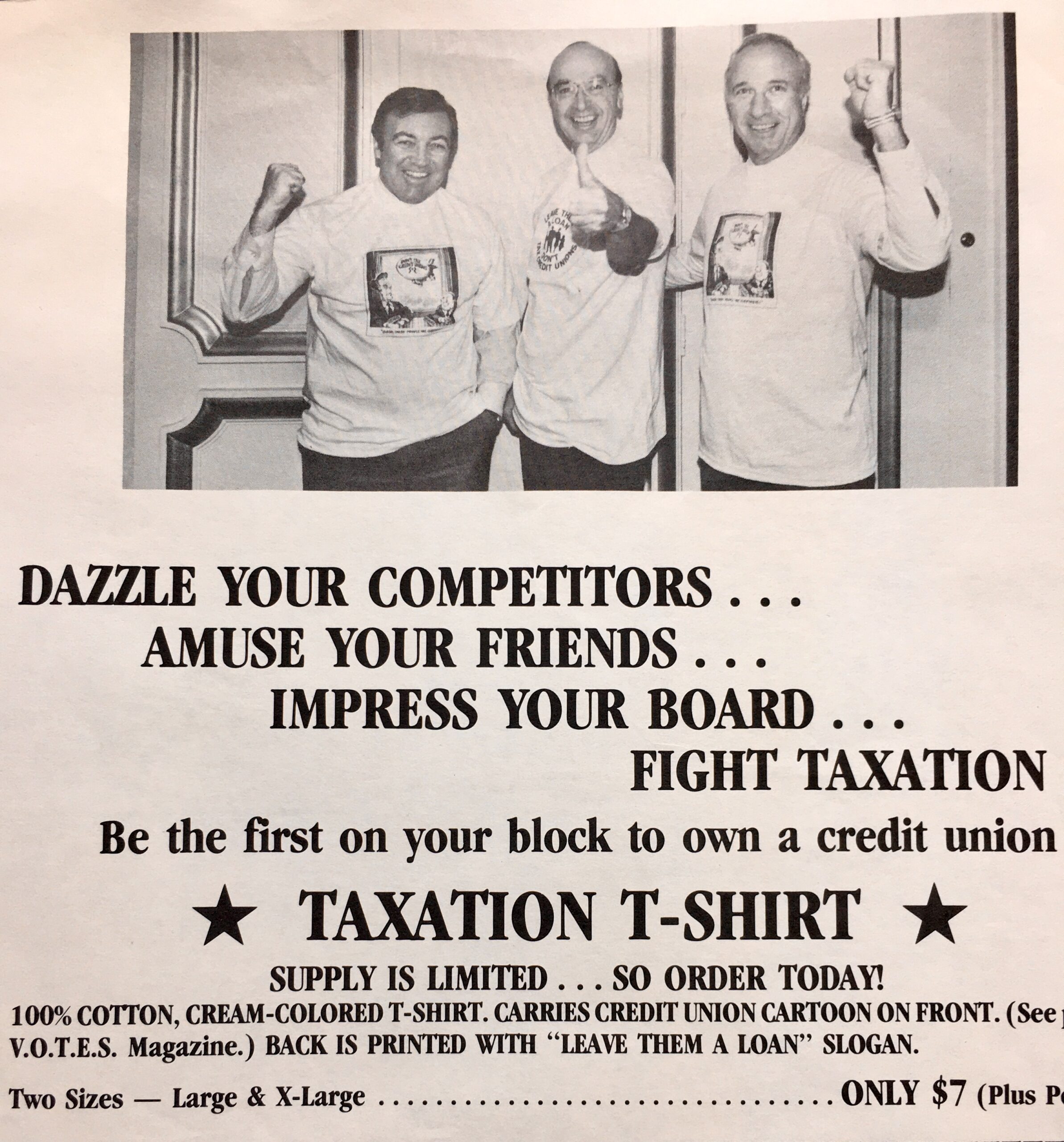Before our July 4th patriotic celebrations, I want to pesent a cautionary note about the insecurities of those who wield great power.
Russia’s invasion of Ukraine has many lessons for America. I want to suggest a moment of political parallel in Russia’s conduct with an evolving situation in America. In both cases a senior, powerful wealthy political insider decides to oppose the leader who gave him national standing.
Elon Musk is an intelligent, driven, iconoclastic person capable of great business innovations and disruptive technology accomplishments.
In 2024 he decided to go all in on the presidential race. He became the leading donar to Trump’s campaign, at an estimated amount of nearly $300 million. For this contribution and other practical benefits, Trump appointed Musk as the anointed but unconfirmed leader for DOGE’s radical government downsizing.
Musk’s team wielded a wrecking ball across all government. He gave political cover for the persons confirmed by the Senate who were theoretically in charge of individual agencies. They could now fire people and shut down programs at will. For example, the Agency for International Development’s (AID) closure and transfer of any minor leftover functions to the Rubio-led State Department
The Parting of Ways
Elon’s service certainly benefitted his several companies with government and foreign contracts. These include expanded agreements with Space X, Tesla and the Starlink satellite communication system, especially from new country signups during trade talks with the US.
But ultimately these two men’s egos could not fit in the same room. Elon departed in June to focus on his companies. But he couldn’t help but take some parting and subsequent shots at Trump’s policies. He was especially outspoken on deficit spending in the reconciliation bill which also ended much of the government’s support addressing climate change.
Musk then threaten to oppose members of Congress who supported Trump’s positions on critical legislation. At one point he mentioned the possibility of funding a new “center” party to support his preferred policies.
Musk used X and Trump Truth Social and his presidential pulpit to clash publicly. The exchanges grew so heated that Trump recently said his administration should “DOGE” Musk’s government contracts. And perhaps research his citizenship application to see if he can be “denationalized” of his US citizenship and then eligible for deportation.
The Parallel from Russian Politics
From Wikipedia: Yevgeny Viktorovich Prigozhin[a] (1 June 1961 – 23 August 2023) was a Russian mercenary leader and oligarch. He led the Wagner Group, a private military company, and was a close confidant of Russian president Vladimir Putin until launching a rebellion in June 2023.
The Wagner group had been a major ground force fighting to help Russia conquer Ukraine. However he gew increasingly frustrated with the Russian military leadership, openly criticized the Russian Defense Ministry for corruption and mishandling the war. He said the reasons Putin gave for invading were lies.[19]
On 23 June 2023, he launched a rebellion against the Russian military leadership. Wagner forces captured Rostov-on-Don and advanced hunderd of miles toward Moscow.[20] The rebellion was called off the following day, and the criminal charges against Prigozhin were dropped after he agreed to relocate his forces to Belarus.[21]
On 23 August 2023, exactly two months after the rebellion,[22] Prigozhin was killed along with nine other people when a business jet crashei jusr north of Moscow.[23] The Wall Street Journal cited sources within the US government as saying that the crash was likely caused by a bomb on board (Source: Wikipedia in Italics)
Comparable Political Events?
Musk and Prigozhin soared to the top of their country’s political authority with money and demonstrated success managing the critical levers of power in each society.
Prigozhin eventually turned on Putin but appeared to have reached a truce by undertaking some of Putin’s business and military “chores” in the Middle East and Africa. But Putin wasn’t taking any chances with this mercurial outspoken leader even when he re-pledged fealty. He was killed despite the public appearances of a political settlement.
Trump has threatened all of Musk’s business empires if he continues to speak out. Especially should Musk support political candidates who would oppose Trump’s endorsed supporters.
When a leader’s temperament, actions and words all speak to his goal of total authority, there is no place for opposition. Particularly when the critical words and deeds are public. And from persons who have proven political influence. If someone gets in the way of the leader’s total power, then they must go to exile, either politically or geographically, Or be totally neutered by some means.
It took Putin just two months to end any facade of a truce with Prigozhin. Trump’s timeline and methods may be different. But for every authoritarian leader one fact is true: uneasy lies the head that wears a crown.























